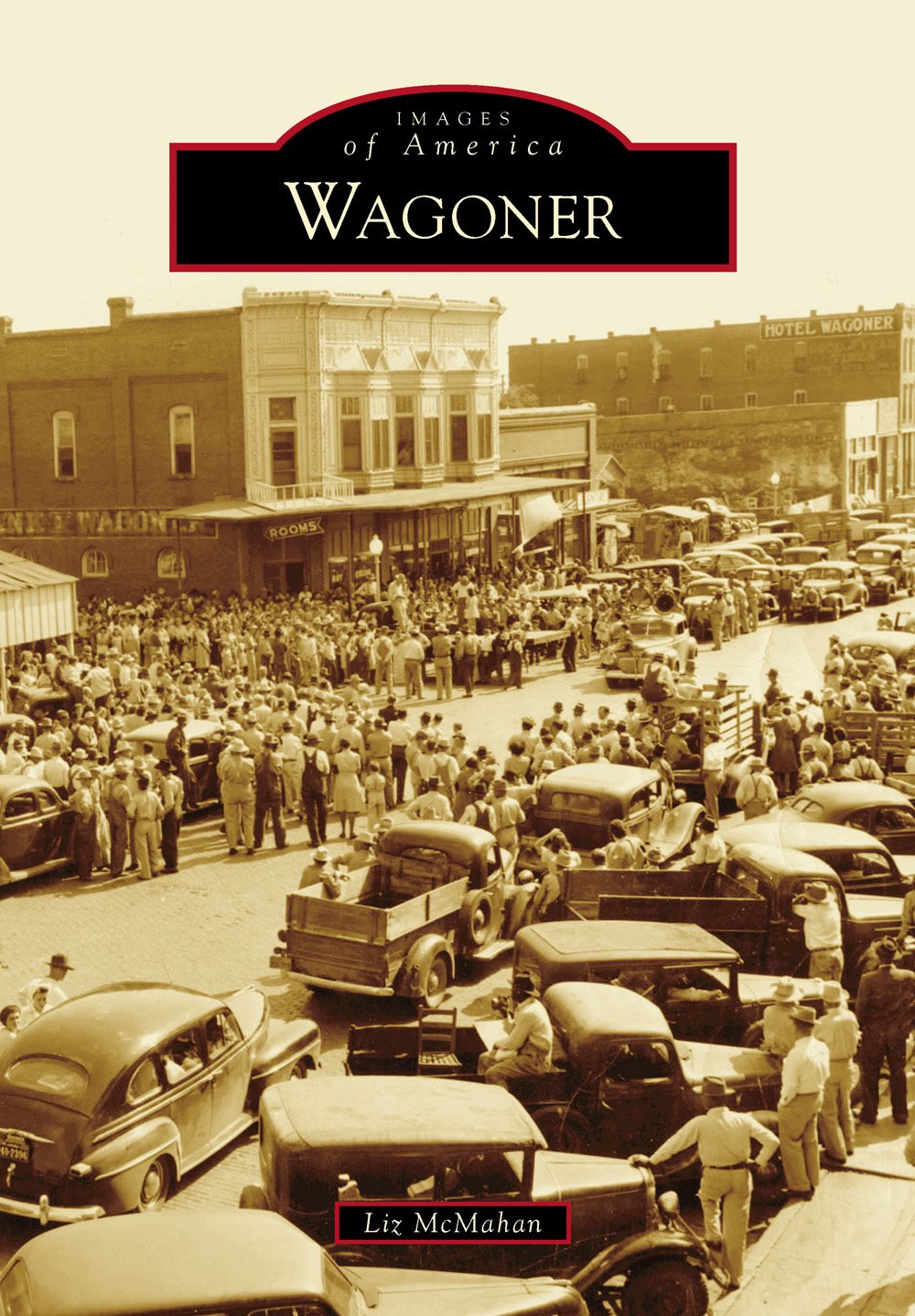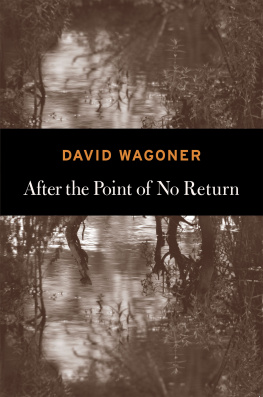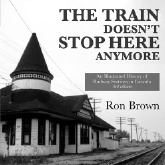
IMAGES
of America
WAGONER
ON THE COVER: Wagoners streets were lined with people and their wagons or cars on most Saturdays, but even more came to town for the Saturday afternoon drawings promoted as trade days by the chamber of commerce. The drawings were held in the late 1940s in front of the H.F. Jones Mercantile at Church and Main Streets. The Wagoner Hotel can be seen at far right. (Courtesy of the Cradow Smith collection.)
IMAGES
of America
WAGONER
Liz McMahan

Copyright 2015 by Liz McMahan
ISBN 978-1-4671-1427-1
Ebook ISBN 9781439652909
Published by Arcadia Publishing
Charleston, South Carolina
Library of Congress Control Number: 2015930364
For all general information, please contact Arcadia Publishing:
Telephone 843-853-2070
Fax 843-853-0044
E-mail
For customer service and orders:
Toll-Free 1-888-313-2665
Visit us on the Internet at www.arcadiapublishing.com
This work is dedicated to my husband, Larry, and all those who have shared their pictures with me over the years.
CONTENTS
ACKNOWLEDGMENTS
The author would like to acknowledge all those who have shared their photographs and memories of Wagoner over the years. My thanks also go to the family of professional photographer Cradow Smith, who shared his collection of negatives, and to my good friend Jerry Hickman, who allowed me to copy many of the postcards and photos from his extensive collection.
It was difficult to remember the source of every photograph. I have tried my best to acknowledge in the captions the origins of pictures and do apologize if I do not give proper credit in some instances.
Finally, to my husband, Larry, who tolerated my many hours in front of the computer while organizing this book, thank you.
INTRODUCTION
Wagoner began as a railroad stop. But from the earliest time of civilization on this continent, people traveled through the area that would become Wagoner. The Caddoan Indians left as evidence of their presence here the small island just north of Highway 51 at Taylor Ferry. Today called the Norman Site, it is one of the most prominent Indian mounds in the state, dating to about AD 600.
The Osage Indians trapped and traded in this area in the early 19th century but were forced out when the Creek Indians were removed from their homes in Mississippi and Alabama and resettled in Indian Territory. Wagoner was in the new Creek Nation.
Confederate and Union soldiers were stationed throughout this region during the Civil War and met in a skirmish just north of Wagoner on September 15, 1864. Just after the war, huge herds of cattle were driven north from Texas up the Texas Roadthe East Shawnee Trailright through the heart of this area on their way to markets in Kansas and Missouri.
And then the railroad came in 1871. The Missouri-Kansas-Texas Railroad (MKT or Katy) built its way south from Kansas to Gibson Station, just south of the future Wagoner, and beyond. About 12 years later, Henry Samuel Bigfoot Wagoner, who was stationed at Parsons, Kansas, with the Katy Railroad, decided a switch was needed to load cattle and lumber from the area between Gibson Station and Flat Rock Creek. When the switch was completed, Katy roadmaster Perry telegraphed company officials that Wagoners Switch is ready. The spot on the prairie had its name. The Kansas and Arkansas Valley Railroads announcement in 1883 that it too would be running tracks through this area put Wagoner in a unique position: it would be a crossroads of rail service.
Wagoner got its first permanent residents on June 5, 1887, when William H. and Sallie H. McAnally moved their family to Wagoners Switch. He had been an MKT employee who had worked at Wagoners Switch. Eventually, McAnally quit his job with the Katy and built a wooden structure that railroad employees called the Cottonwood Hotel.
In less than a year, a number of enterprises had sprung up in the prairie community. On February 25, 1888, the towns request for a post office was granted and William W. Teague, a native of Indiana, was named the citys first postmaster. Cattlemen, hay dealers, business- and professional men flocked to the new community from surrounding states, seeing the possibility that the Indian Territory soon would be divided and available for private ownership. The people who came here brought in fine lumber to construct business buildings and beautiful homes. While the original businesses were destroyed by fire, many of the original homes still stand as the pride of Wagoner citizens and the delight of city visitors.
Businessmen were not the only ones to visit Wagoner in its earliest days. So did some of the most infamous bandits of the day. On September 15, 1891, members of the Dalton Gang robbed a train at Leliaetta, just north of Wagoner.
By 1892, Wagoners population had grown to 400. It boasted five general mercantile stores, two drugstores, a cotton gin, gristmill, two blacksmith shops, a livery stable, a newspaper, a church, and four hotels.
In 1895, a group of Wagoner citizens met in the office of Capt. William Jackson, an Englishman married to a Creek woman, to discuss the possibility of establishing a city government. On December 3, 1895, a petition signed by 283 heads of families was filed in the federal court in Muskogee. A hearing was set for January 4, 1896. Later that month, Judge Springer granted the petition, making Wagoner the first town in Indian Territory to incorporate. The citys population that year was reported at 1,500. The new city quickly established the first free public schools for white children.
Wagoner is described in an 1899 Twin Territories magazine as having more and finer buildings than any other town in the Indian Territory. The residences of Wagoner are the handsomest in the Indian Territory while the society is refined and cultivated. The editor of the Wagoner Record would have disagreed. In 1901, that newspaper charged that two gambling halls have been running wide open in Wagoner for the past year.
In its earliest years, Wagoner was surrounded by a fence, according to a history by longtime Wagoner librarian Kate Hersman. She writes in a 1957 Record-Democrat article that when her father, Dr. S.D. Lyles, first came to Wagoner in 1898, the town was enclosed by wire fences on all four sides to keep cattle from the huge herds on area ranches out of town. There were four or five gates leading out of town, but many residents carried wire cutters and did not even bother to hunt a gate. This situation was vexing to the cattlemen, she notes.
By the time her father arrived here, Wagoner boosters already were claiming the crown of Queen City of the Prairies for Wagoner. The young city had a population of 3,372, the fourth-largest in Indian Territory.
Wagoner was developing its first tourism businessgermicidal baths. The mineral waters were said to have almost a magical character and were reported to cure even the most stubborn diseases. Bathhouses capable of serving 500 people a day and several hotels offered patrons an opportunity to soak in the miraculous waters.
In the fall of 1900, nearly 100 Wagoner business- and professional men had signed a petition calling for a public meeting at city hall to organize a league to promote the cause of single statehood. Instead, Congress passed an act enabling Oklahoma and Indian Territories to prepare for admission to the union as a single state. In April 1908, an election was held and Wagoner was named the county seat of the new Wagoner County. Porter and Coweta had also vied to become the county seat.
Next page










